December Workshop:
Navigating Success: The Crucial Link Between Sales Goals and Business Development Plans
In the ever-changing world of business, setting sail without a map may lead to unpredictable waters. The same holds true for professionals in sales and business development. Setting clear sales goals and crafting a meticulous business development plan are not just routine exercises—they are the compass and chart that guide you towards success. In this blog post, we'll explore the vital connection between setting sales goals and developing a comprehensive business plan,
emphasizing why this tandem is the cornerstone of a thriving business.
1. Clarity of Direction:
Setting sales goals acts as your North Star, providing a clear direction for your efforts. It defines what success looks like and creates a roadmap for how to get there. Without sales goals, your business may drift aimlessly, lacking purpose and focus.
2. Motivation and Accountability:
Goals serve as powerful motivators. They give your efforts purpose and create a sense of urgency. When integrated into a business development plan, goals become touchstones for accountability. They propel you forward and ensure that every action aligns with your overarching objectives.
3. Strategic Decision-Making:
A well-defined business development plan is the strategic blueprint for achieving your sales goals. It outlines the steps, resources, and tactics needed to reach your targets. This plan isn't just a document; it's a dynamic tool that guides decision-making, ensuring every move contributes to your larger objectives. This plan should be a living, breathing document that you are referring to on a regular basis. Tracking this plan will allow you to make necessary adjustments to continue along the path to success.
4. Resource Optimization:
Developing a business plan requires a keen understanding of your resources—financial, human, and time. By aligning these resources with your sales goals, you ensure their optimal utilization. This strategic alignment prevents waste and enhances efficiency. This will also allow you to identify additional resources that you
might need to infuse into your plan to ensure success.
5. Adaptability in a Dynamic Environment:
The business landscape is dynamic, and the unexpected is inevitable. A well-crafted business development plan is designed with flexibility in mind. It allows for adaptability, enabling you to pivot, when necessary, without losing sight of your ultimate destination.
6. Continuous Improvement:
Tracking progress toward your sales goals provides valuable feedback. It reveals what's working, what needs adjustment, and where improvements can be made. This iterative process of setting, tracking, and adjusting goals fosters a culture of continuous improvement. There should be a continuous loop of planning, implementing, tracking, and tweaking to ensure that you are on the path to success.
7. Effective Team Collaboration:
A shared vision is a powerful force for team cohesion. When everyone is aligned with common sales goals outlined in the business development plan, collaboration becomes more effective. It cultivates a sense of unity and collective responsibility for the success of the organization.
8. Measurable Success:
Without goals and a plan, success becomes subjective and elusive. Setting specific, measurable, achievable, relevant, and time-bound (SMART) goals allows you to quantify success. It provides tangible metrics to gauge progress, celebrate achievements, and identify areas for enhancement.
In the intricate balance of growing a business, setting sales goals, and developing a business development plan is not an optional chore—it's the fuel that drives a business to success. It's the bridge between aspirations and achievements, providing a clear path forward and a strategic framework for growth. So, as you navigate the challenges of growing a business, remember that the compass of sales goals and the map of a business development plan are the guiding lights that will direct you to your destination of sustained success.
If you need help with a sales plan, or if you need a professional to hold you accountable to doing the activities necessary to achieve your goals, please reach out to Polin Performance Group by emailing us at evan@polinpg.com or calling us at 215-970-2360.
Schedule a Time for a
Free Consultation
Contact Us
We will get back to you as soon as possible.
Please try again later.

You might also like

Sign up to Amplify Your Sales Results with PPG
We coach people through their sales challenges and guide them to achieve revenue levels they never thought possible.
Newsletter Signup
We will get back to you as soon as possible.
Please try again later.

Amplify Sales Results with Polin Performance Group.
Polin Performance Group provides proven strategies to increase sales, maximize performance and increase revenue for your B2B business. Our Business Development Services include Sales Coaching, Sales Training, Sales Consulting and Process Development, Workshops, and Fractional Sales Management.
Services
Company
All Rights Reserved | Polin Performance Group, LLC.


